Cats are known for their enigmatic behaviors and endearing personalities. One aspect of feline charm is how some cats are remarkably vocal, while others are content with silence. Understanding the reasons behind these vocal differences can deepen the bond between cats and their human companions. In this article, we explore the factors influencing feline vocalization, helping you better understand these intriguing animals.
Introduction to Feline Vocalization
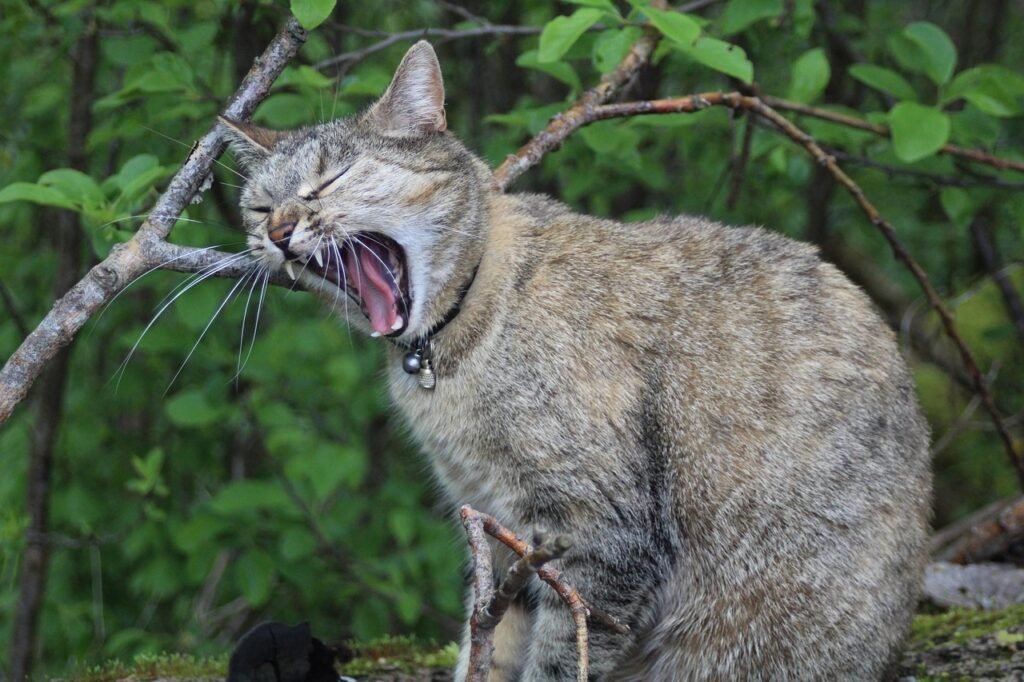
Cats communicate in a variety of ways, from body language to vocalizations such as meows, purrs, and hisses. The extent and nature of these sounds can vary significantly between individual cats. This vocal behavior is often a reflection of their needs, emotions, and even health status. Understanding why some cats are more talkative than others requires delving into several elements, including genetics, environmental factors, and learned behaviors.
Genetic Influences
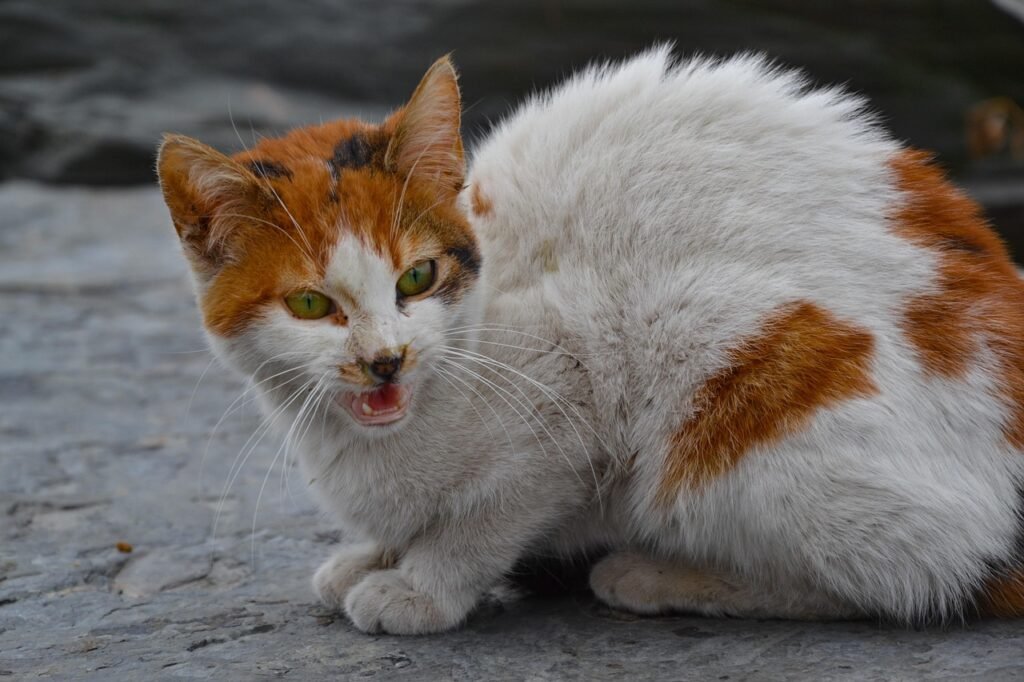
Just as with humans, genetic makeup can greatly influence a cat’s vocal tendencies. Certain breeds are predisposed to be more vocal due to their specific breeding histories. For example, Siamese cats are renowned for their frequent and loud vocalizations. These breeds have been selectively bred for their social natures, resulting in a higher tendency to ‘talk’ to their human families. In contrast, breeds like the Scottish Fold may be less inclined to vocalize often, preferring quieter communication methods.
Environmental Factors
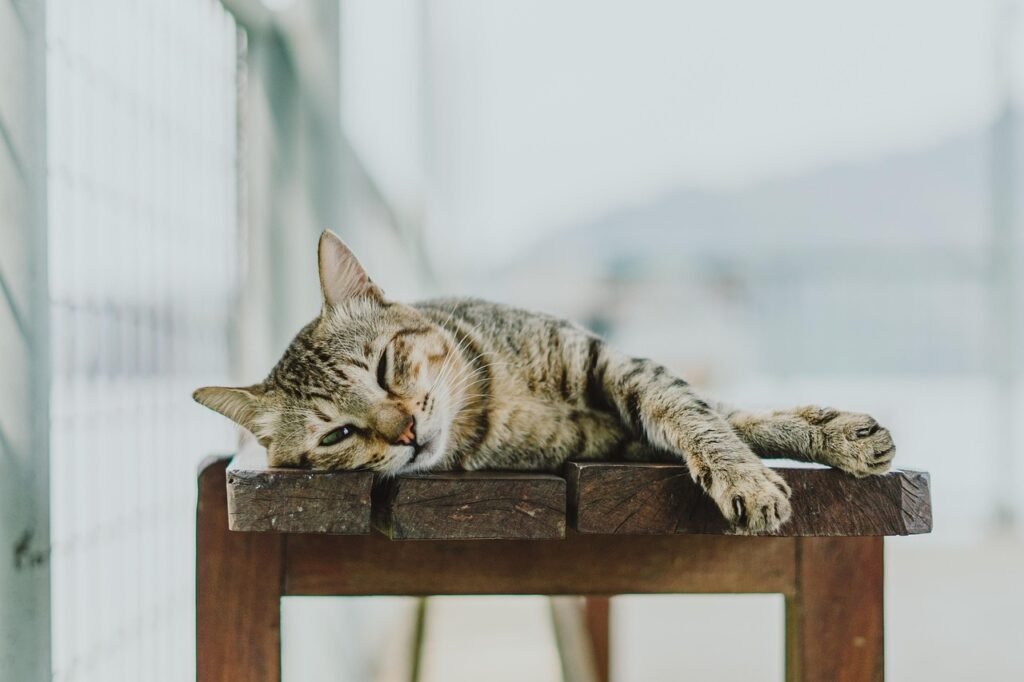
The environment plays a crucial role in shaping a cat’s vocal behavior. Cats raised in busy, interactive households may become more vocal as a way of integrating themselves into the hustle and bustle. Conversely, felines in quieter homes might adopt a more subdued approach to communication. Moreover, if vocalization has previously been rewarded with attention, food, or playtime, cats might be inclined to use their voice more frequently.
Socialization and Human Interaction
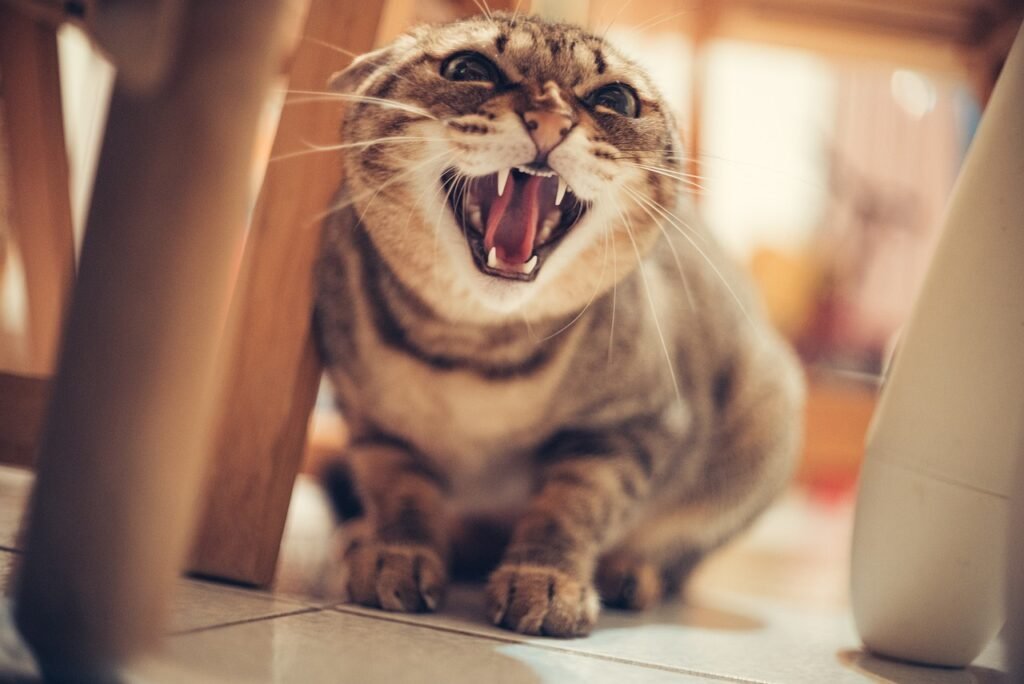
Early socialization and human interaction can also determine how vocal a cat becomes. Cats that are handled frequently as kittens, and exposed to a variety of human voices and sounds, may become more comfortable expressing themselves vocally. Additionally, cats that perceive a strong bond with their human companions might feel more encouraged to communicate verbally.
Age and Developmental Stages
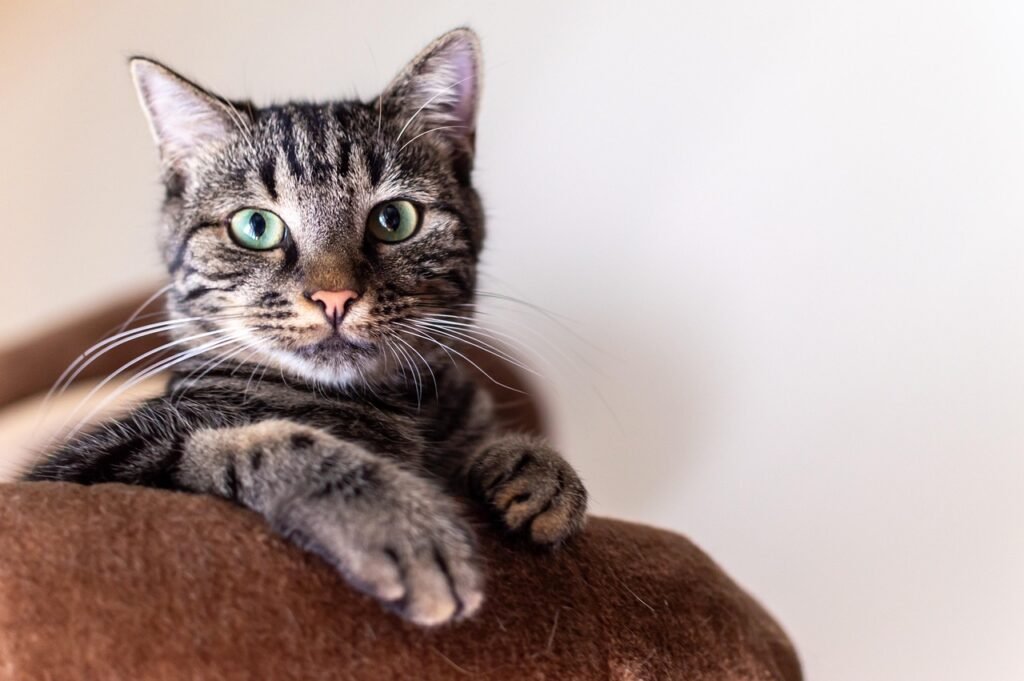
A cat’s age and stage of life also affect its vocal tendencies. Kittens and adolescent cats may be more vocal as they explore their environment and assert their needs. As cats age, they might vocalize less frequently. However, some elderly cats may meow more as they experience age-related conditions such as cognitive dysfunction or hearing loss.
Health and Well-being

Changes in a cat’s vocal patterns can sometimes indicate health issues. Increased or decreased vocalization, especially when paired with symptoms such as lethargy or changes in appetite, may warrant a veterinary check-up. Pain, stress, or discomfort can also make a cat more vocal as a means of alerting their caregivers.
Personality and Temperament
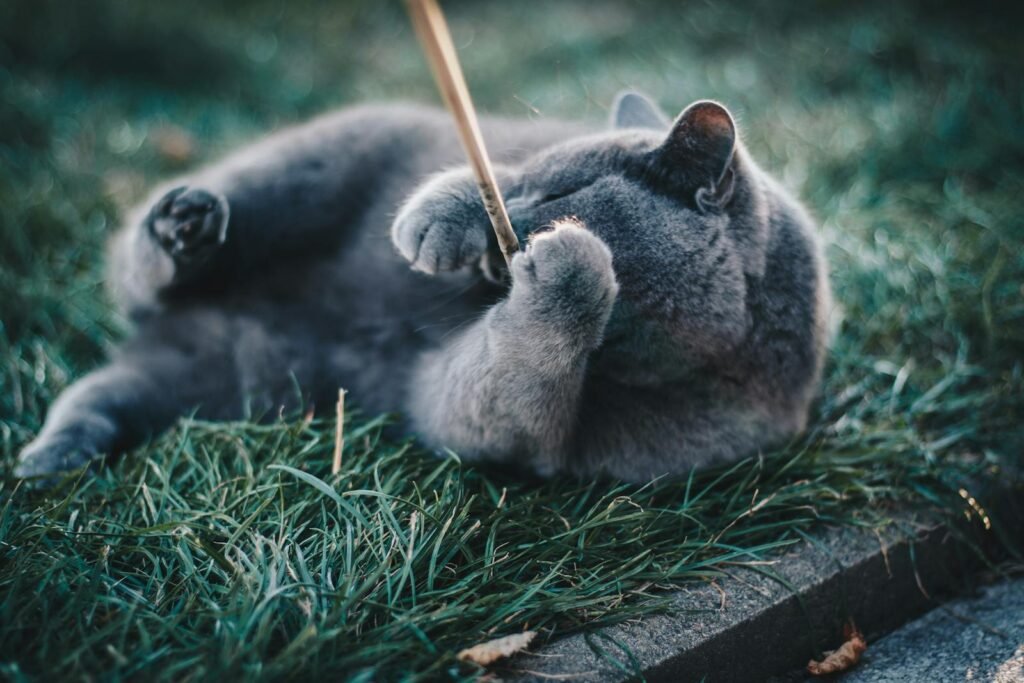
Like humans, cats have distinct personalities that influence their behavior. Some are naturally more outgoing and expressive, while others are reserved and prefer minimal interaction. Vocal cats often belong to the former category, expressing themselves freely and confidently. Understanding and respecting a cat’s individual temperament can foster a closer human-feline relationship.
Communicating Needs and Desires
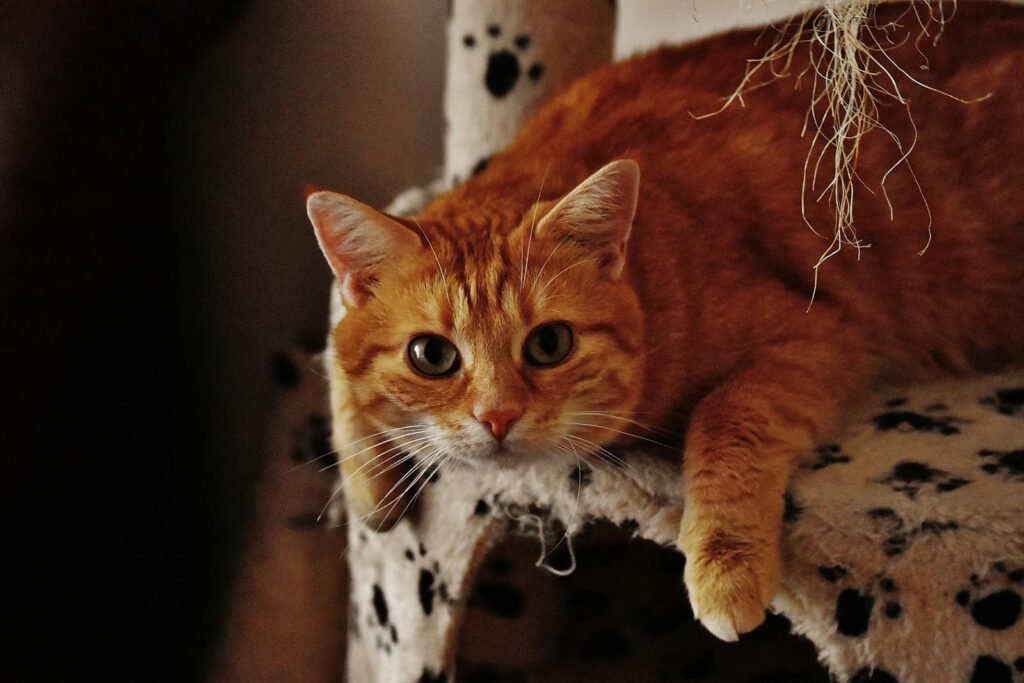
Vocalization often serves to communicate specific needs and desires. A cat might meow to signal hunger, request affection, or express boredom. Paying attention to the context and tone of your cat’s vocalizations can provide valuable insights into their needs and emotional state. Responding appropriately can strengthen the trust and understanding between you and your pet.
Conclusion
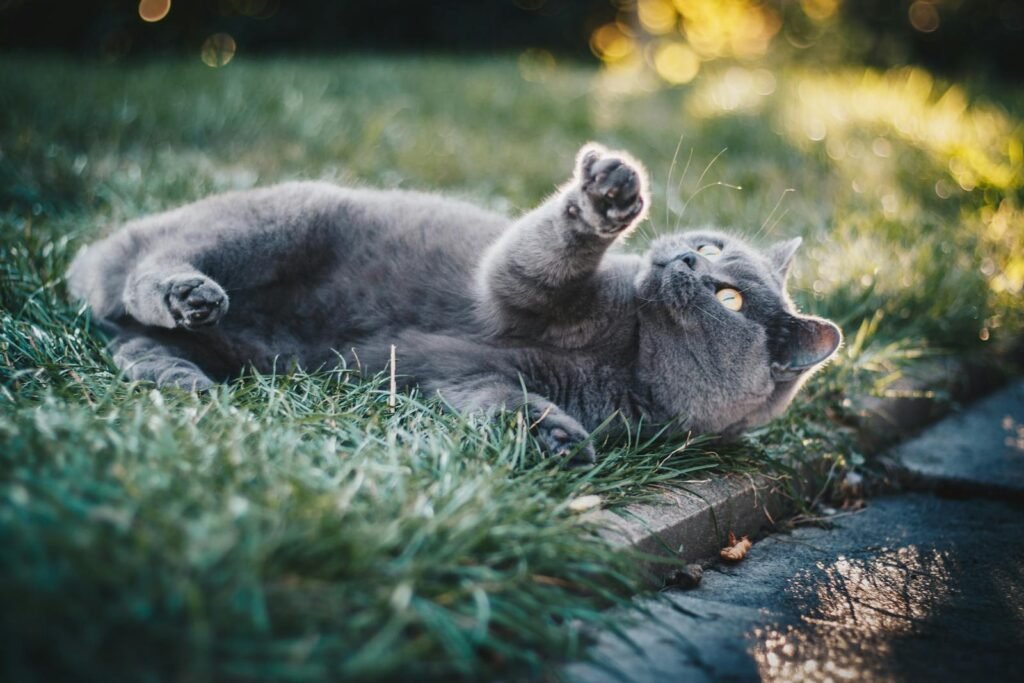
Understanding why some cats are more vocal than others requires looking at a combination of genetic, environmental, and individual factors. By recognizing these influences, cat owners can cultivate a nurturing environment that respects their pet’s natural inclinations. Whether your furry friend is a chatty companion or a quiet observer, embracing their uniqueness can enhance your rewarding bond.
Hi, I’m Bola, a passionate writer and creative strategist with a knack for crafting compelling content that educates, inspires, and connects. Over the years, I’ve honed my skills across various writing fields, including content creation, copywriting, online course development, and video scriptwriting.
When I’m not at my desk, you’ll find me exploring new ideas, reading books, or brainstorming creative ways to solve challenges. I believe that words have the power to transform, and I’m here to help you leverage that power for success.
Thanks for stopping by, Keep coming to this website to checkout new articles form me. You’d always love it!






